analysis Asia
Is 68% spike in Penang LRT project cost ‘cause for alarm’ and will it hurt Anwar?
The Penang Light Rail Transit Mutiara Line project will now cost RM16.8 billion, and not RM10 billion (US$2.4billion) as announced by Prime Minister Datuk Seri Anwar Ibrahim in the 2024 Budget.
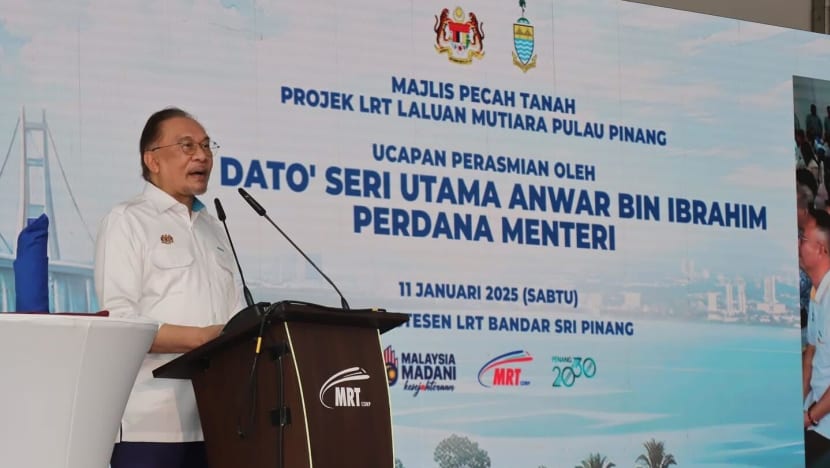

This audio is generated by an AI tool.
KUALA LUMPUR: An already troubled multi-billion-dollar transportation overhaul for Penang has come under public scrutiny and drawn criticisms, after the federal government recently announced a sharp 68 per cent spike in its projected budget.
Transport Minister Anthony Loke said that the cost of the Penang Light Rail Transit (LRT) Mutiara Line project would now be capped at around RM16 billion to RM17 billion, and not RM10 billion (US$2.4billion) previously announced by Prime Minister Datuk Seri Anwar Ibrahim in the 2024 Budget.
Loke told Parliament last Monday (Aug 18) that the previous amount was only a preliminary projection that did not account for detailed value management and engineering assessments.
Within days, Malaysia Rapid Transit Corporation (MRT Corp) - the project developer and asset owner of the LRT Mutiara Line - said that the revised RM16.8 billion budget approved by the government “does not represent uncontrolled cost escalation”.
Rather, it was due to global supply chain inflation, rising land values, and increased scope of work, local media quoted the company as saying.
The cost had also risen from RM10 billion to RM13 billion after the federal government took over the project last year and added an additional line that would link the main hub in the capital of George Town with Penang Sentral on the mainland with a 5km bridge across the sea.

But the escalation in cost “is cause for alarm”, said the Malaysian Chinese Association (MCA), a party in the ruling coalition.
“The public deserves a clear, honest, and comprehensive explanation from the government for this drastic increase,” said Tan Teik Cheng, MCA’s chief for the Penang chapter, in a statement.
“As a large-scale infrastructure project funded by public funds, the Penang LRT has serious implications for national fiscal sustainability and the responsible use of taxpayer monies,” he said.
Tan added that changes to the financing model of the project and “the opaque procurement processes all raise serious concerns about transparency and governance”.
The original cost of the LRT was RM8 billion when the plan was proposed in 2015 by the Democratic Action Party (DAP), a key member of Anwar’s Pakatan Harapan (PH)-led coalition government.
The latest scrutiny over the cost of the LRT project presents Anwar with a major economic policy challenge, observers told CNA.
WHITE ELEPHANT?
The Anwar-led PH coalition, during its more than two decades in the political opposition, had long campaigned against the privatisation of large infrastructure projects, lucrative road toll projects and the long concession to well-connected business groups under previous governments.
But it has now taken over the LRT project.
The Penang Transportation Masterplan, which stands as the most expensive infrastructure undertaking endorsed by PM Anwar’s government since coming to power in November 2022, bears the hallmarks of the expensive and economically dubious undertakings of previous governments, noted analysts and engineers.
Besides the proposed 29.5km Mutiara Line, which stands as the central plank of the island’s urban transportation upgrade, the masterplan also envisions three additional LRT lines on the island, a network of highways and an undersea tunnel linking the island to the mainland that is now suspended because of a major corruption investigation.
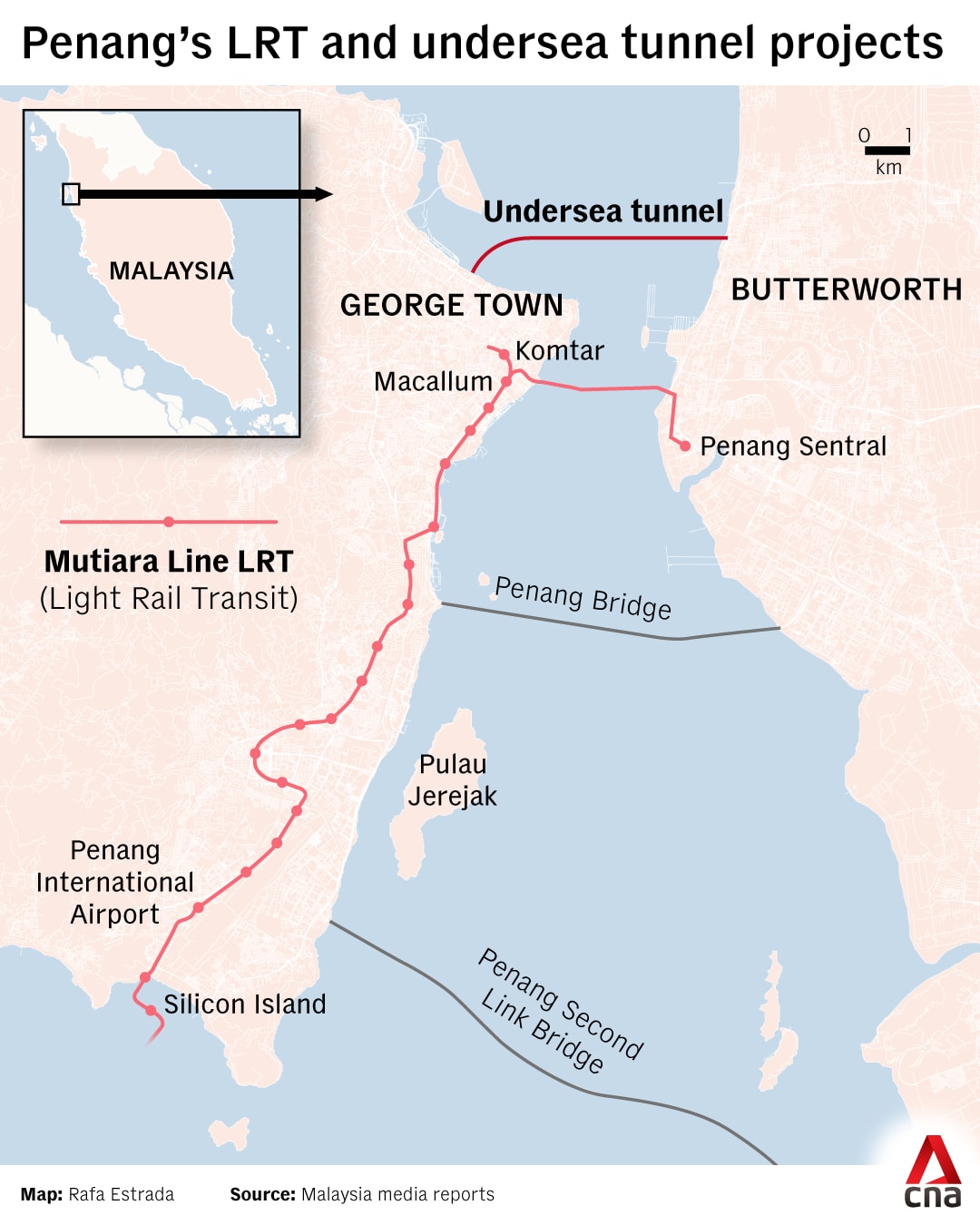
Observers said that the masterplan is shaping up to be controversial for the PH-led coalition government and its main ally, the DAP, which has led the state government of Penang since 2008.
Lim Thean Heng, a former engineer with the Penang State Council and one of the original experts tasked with overseeing the Penang Transportation Masterplan, told CNA that the government is pushing ahead with the LRT project despite some concerns over its viability.
“It is clear that the federal and the Penang state governments have learnt the ropes of the previous governments on dealing with critics and non-government organisations when it comes to projects with trouble,” he said, suggesting that the government was disregarding such criticisms.
“This project is going to be a white elephant because we don’t have the population growth to make this viable. This was what was made clear in 2013, and it stands today,’’ he added.
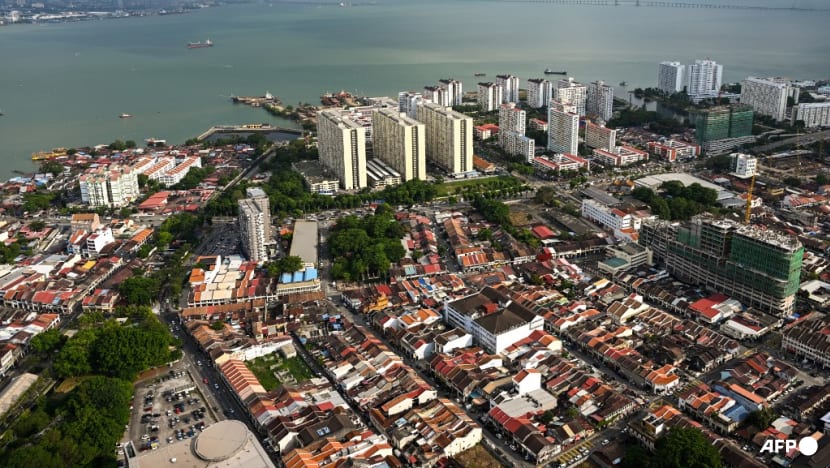
The plan in 2013 had proposed a transport network that called for the setting up of hubs as well as park and ride stations, along with a wider bus service network, trams and light rail transit. But that did not appeal to the state planners who favoured building a more extensive LRT network.
Economists and engineers familiar with urban transportation projects noted that the escalations in the cost for the Penang transportation overhaul, an economic initiative for a state just over 1,000 sq km, slightly bigger than Singapore’s land mass of roughly 734 sq km, seem hard to justify.
Lim said that project was originally premised on the view that Penang’s population would expand to under five million people in 2050 from 1.7 million people in 2013, when the project was first mooted.
“But those projections are way off because we are now in 2025 and the state’s population is only about 1.8 million (people),” he said.
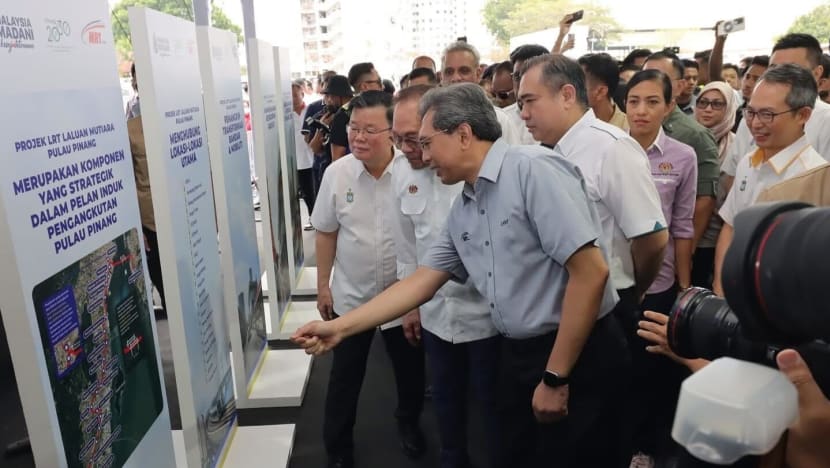
The Mutiara line stretches from the south-eastern part of Penang Island and runs largely along the coastline to the iconic 68-storey KOMTAR Tower in the state capital George Town and will have 21 station stops.
The network, which would then branch out on a separate rail link to the town of Butterworth on the mainland, is largely a straightforward elevated network that will bypass the island’s rugged terrain.
Based on a rough back-of-the-envelope calculation, the cost of the Mutiara Line is roughly RM569.5 million per kilometre, making it one of the more expensive rail network projects in the country.
The 665km East-Coast Rail Link is a freight and passenger rail across the east coast states of Kelantan, Terengganu and Pahang before cutting into Selangor on the west coast and linking with connections to Port Klang, a major shipping hub along the Straits of Melaka.
The project, which includes the construction of 41 tunnels over 69km long, with the longest at 16.9km, is estimated to cost roughly RM55 billion when it is completed next year.
That works out to roughly RM82.7 million per kilometre.
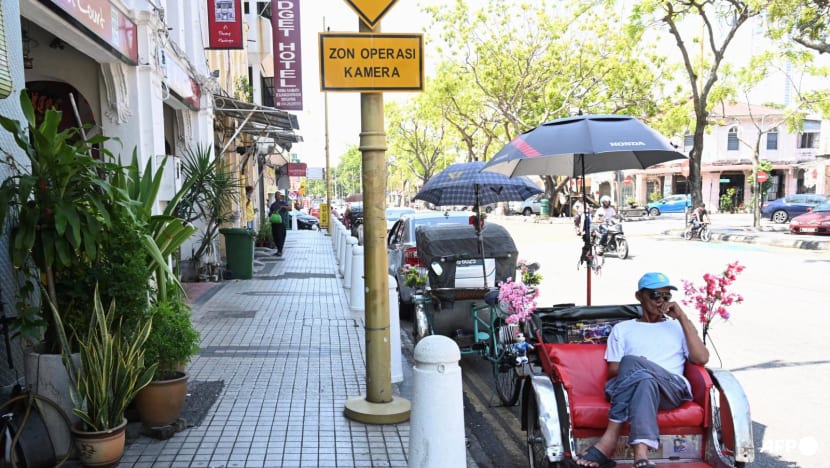
FUNDING TROUBLES
Penang is the only state in Malaysia where a Chinese has been the leader of the state administration since independence in 1957 and the DAP, which wrested control of the state following the 2008 national elections, has made the state its stronghold ever since.
But the DAP has been buffeted by a series of leadership troubles in the state and public controversies over its economic initiatives.
The most serious has been the Penang Transport Masterplan.
Penang, one of Malaysia’s most industrialised and economically developed states, has long suffered from traffic congestion woes.
Sometime in 2011, then-Penang chief minister Lim Guan Eng proposed a study on a transportation blueprint and that in turn led to a separate economic initiative four years later with the appointment of a private entity known as SRS Consortium as the project’s so-called delivery partner.
Led by publicly listed engineering powerhouse Gamuda, the delivery party was originally tasked with managing the project and commissioning open public tenders for the various construction parcels for the originally planned rail link, now known as the Mutiara Line, and several elevated highways.
At the time, securing funding for the project became a problem because the federal government, which was then led by the Barisan Nasional coalition government headed by the United Malays National Organisation (UMNO), viewed the DAP with political hostility.
The funding gap led to the award to SRS for the rights to undertake the reclamation of 4,500 acres of land known along the southern coast of the island that would help fund the transportation.
The plan was criticised by environmental groups and the coastal fishing community, which is made of the state’s ethnic Malay population, but the DAP under the leadership of Lim as chief minister of Penang, pushed ahead with it.
The reclamation plan, which is already underway, envisioned the creation of three islands that would cater for industrial parks, financial and business hubs and high-end residential properties. The reclamation plan was subsequently downsized to one island of 2,300 acres.
It remains a source of controversy because it is unclear how the reclamation is being financed and how proceeds from the sale of the parcels of new land will contribute to the transportation masterplan.
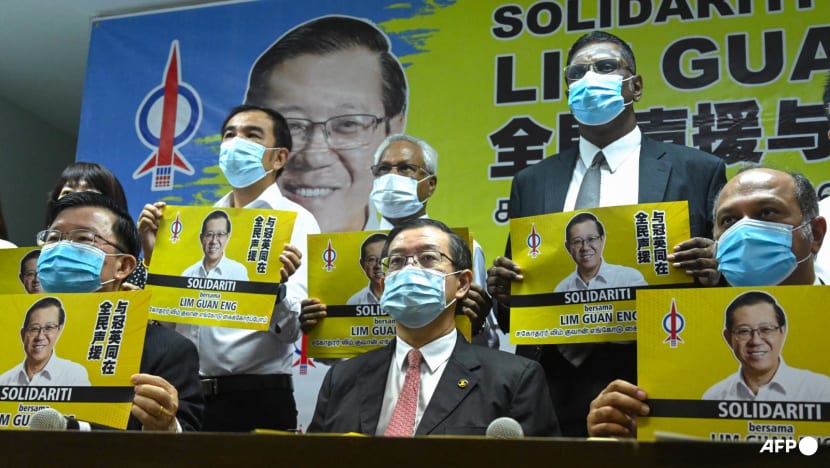
POLITICAL HOT POTATO
Amid the uncertainty over the LRT mega project, Lim was charged in August 2020 with soliciting bribes from the controlling shareholder of a company called Consortium Zenith Construction, that had been awarded rights to build an undersea tunnel project for cars that would serve as a third link between the island and Peninsular Malaysia.
Lim’s trial is ongoing, and he currently serves in a largely ceremonial role as senior advisor to the DAP, which is now headed by Transport Minister Loke.
The undersea tunnel project has been pushed into limbo and a senior Penang state government official told CNA that it could be replaced by the rail link over the channel linking Penang Island and the mainland.
Another state official had been quoted in local media in May as saying that the Penang government is considering a proposal for a new design to replace the undersea tunnel with a bridge across the Penang Straits.
The Penang transportation economic initiative also carries a serious political dimension for PM Anwar, who in 2024 decided that the federal Government would take over and fund the entire LRT project.
Elected parliamentary representatives from Anwar’s own Parti Keadilan Rakyat noted that such an undertaking by the government could become a political hot potato in the next election.
Malaysia’s federal debt hit RM1.24 trillion in July 2025 that in turn forced the Anwar administration to cut back on development expenditure in other states, particularly economic backwater ethnic Malay-belt states such as Kelantan, Terengganu and Kedah.
The three states are ruled by the opposition Perikatan Nasional coalition.
“DAP is a crucial partner because of its 40 seats in parliament, and it is understandable that Anwar needs to consider their demands. But this could backfire on us,” said a PKR MP, who asked not to be named.



















